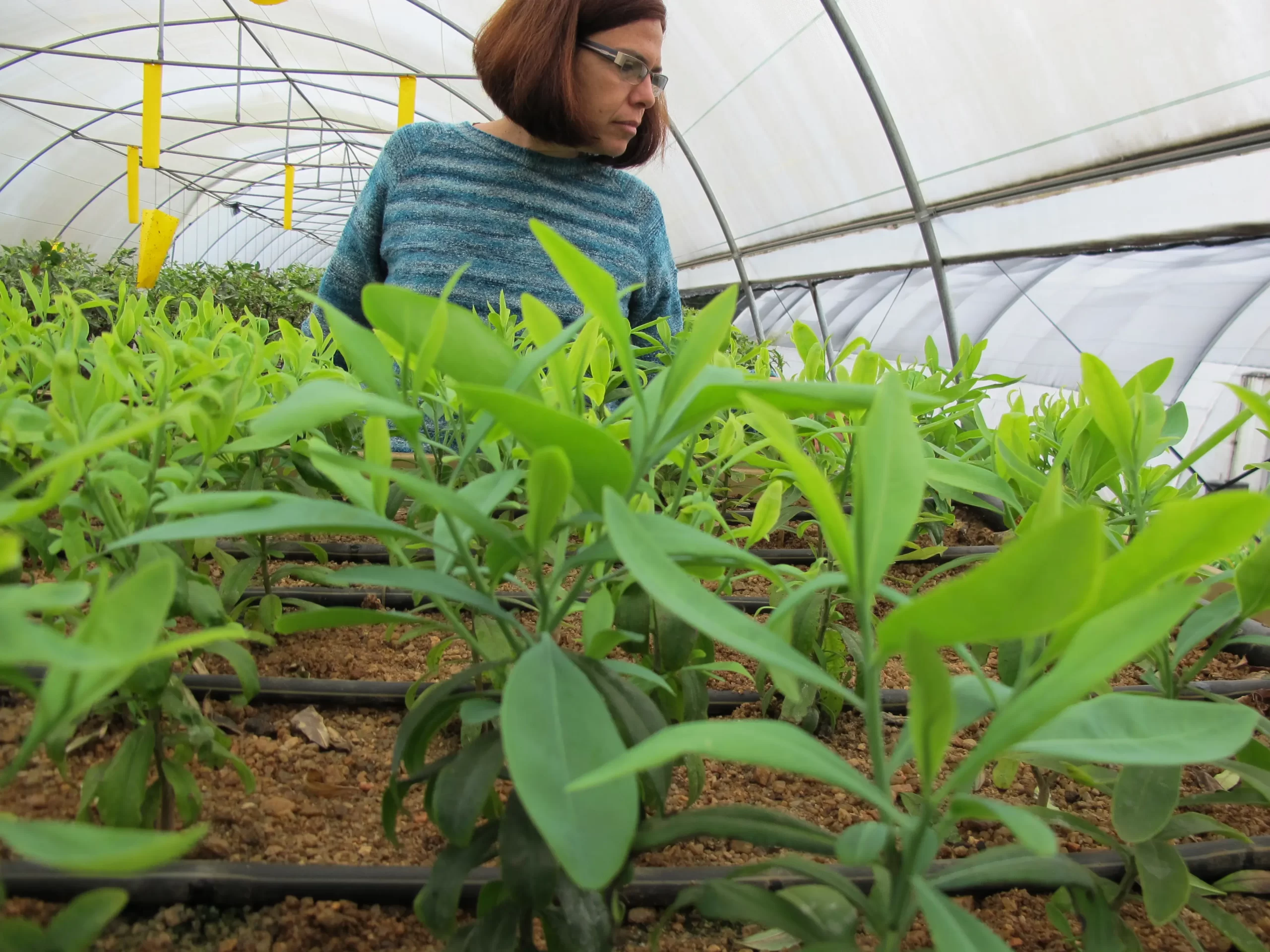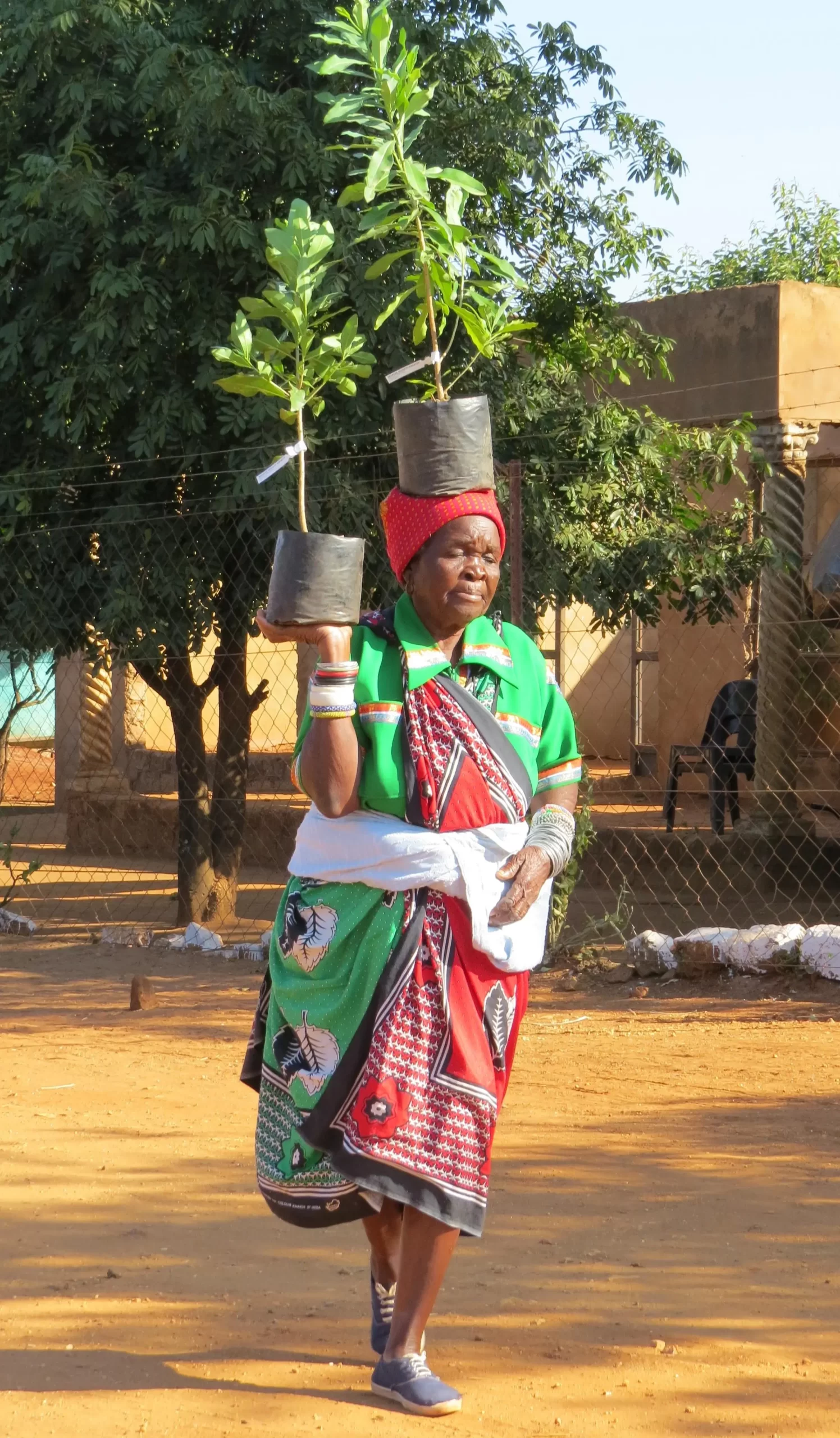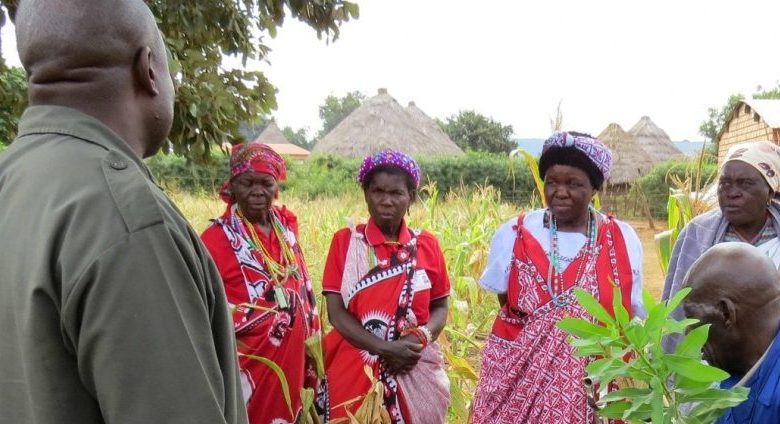Conserving Medicinal Plants in South Africa
The traditional medicine trade in South Africa is worth a whopping R2.9 billion each year, making up 5.6% of the National Health budget.
With 27 million consumers and providing a livelihood for at least 133,000 people—many of whom are rural women—this trade is both vibrant and widespread. However, its sustainability is at risk. The supply of plant material, which includes around 771 species, isn’t sustainable because all the plants are harvested from the wild.
The report “Economics of the Traditional Medicine Trade in South Africa” (Mander, M.; Ntuli, L.; Diederichs, N.; Mavundle, K.) points out that protecting tree species used for medicinal purposes is crucial. Popular species are becoming locally extinct and are being traded at high prices. This raises serious concerns about the future of the traditional medicine trade and its benefits.
These are important facts that are valid year-round but being Arbor Month – which is all about conserving and protecting trees – it highlights the importance of Sappi’s efforts in this regard and provides the ideal time to showcase a crucial programme that preserves biodiversity and ensures the sustainable use of natural resources. By raising awareness about the importance of protecting medicinal plants and the environment, Sappi aims to promote a culture of conservation and sustainability.
Guardians of the Grove: Protecting the Vulnerable species
The Sappi Rare, Threatened and Endangered Species (RTES) Programme is crucial in this context. According to the World Health Organisation (WHO), 80% of people in Africa use traditional medicine, and over 82% of urban and rural black South Africans rely on these practices. The programme focuses on species identified by scientific methods and organisations like the International Union for Conservation of Nature (IUCN), making sure these species, especially those used in traditional medicine, are protected from unsustainable harvesting.
Research going back to the 1920s has identified plants with medicinal value that are at risk of extinction due to unsustainable harvesting and poaching. Additionally, illegal and overharvesting of these medicinal plants happens on Sappi-owned land, including areas meant for biodiversity conservation. Protecting these species is crucial for maintaining biodiversity and ensuring that medicinal plants can be used sustainably for future generations.

The Sappi Shaw Research Centre has been instrumental in research and plant propagation. Here Dr Nicky Jones inspects some of the Warburgia salutaris trees at the Shaw Nursery.
The Sappi RTES Programme kicked off in 2013, initially focusing on the Warburgia salutaris (Pepperbark) project near the western borders of Kruger National Park (KNP). Back then, the situation was so dire that a grove of these trees in KNP had to be guarded by armed personnel to protect them from muti poachers. This was during a period of intense rhino poaching, and despite strict laws and the risk of being caught or even killed, the poachers relentlessly targeted the trees.
Since the programme started, it has made great progress in distributing and conserving various medicinal tree species. From 2015 onwards, KNP and its partners have distributed 85,000 Warburgia salutaris trees, starting with just 40 in the first year. Ezemvelo KwaZulu-Natal Wildlife and its partners have also distributed 25,000 trees since 2019. Impressively, the programme has achieved an 85% survival rate for the trees planted and monitored by distribution agencies.
Growing the Canopy: Collaboration and Teamwork Taking it To The Communities
The programme takes a team approach, working with a group of recognised experts in their fields, focusing on specific species or regions. This includes social ecologists, recognised and mandated by government legislation, who work directly with traditional healers and their communities on various issues, making this extension a natural fit for the project. Workshops emphasise that overharvesting leads to high prices, making services unaffordable and threatening species with extinction. This harms both clients and healers, resulting in a loss of business. So, the programme promotes nursery-grown plants as a sustainable alternative.
Every workshop includes traditional healers who have changed their harvesting practices. They speak with authority to workshop participants, reinforcing the importance of sustainable practices. Agencies report that arriving in a community with a positive approach and following up with a gift of plants greatly assists in building relationships and reducing direct conflict.
Other partnerships include academic institutions, the South African National Biodiversity Institute (SANBI) nursery, the Agricultural Research Council (ARC) in Nelspruit, and national and regional parks like Kruger National Park and Ezemvelo KZN Wildlife. The Traditional Healers Council and input from Botanical Gardens International are also key parts of the programme.
The need for specific plants is verified through ethnobotany and research, with input from the International Plant Users Forum (IPUF). This process checks if there are sustainable alternatives to using the bark and roots, if the species fit the programme’s goals, the challenges of propagation, and the logistics of who will grow and distribute the plants and when.
Many partners contribute to the programme’s success, with Sappi Research and Nurseries and the Agricultural Research Council (ARC) playing a key role in research and plant propagation. Several nurseries across the country handle germination, bagging, and hardening processes. All plants are grown in 3-litre bags for easy distribution, managed by social ecologists and other agents. The Sappi Shaw Nursery alone produces between 9,000 and 12,000 cuttings annually with a 77% rooting success rate.
The programme supports additional requests for plants in consultation with the working group. Distribution starts with traditional healers identified by social ecologists and then extends to the village community, where the distribution agency maps and monitors each plant, tracking survival rates, harvesting times, usage, financial effects in the community, biodiversity improvements, and whether the community is self-sufficient or still buying from muti traders.
Branching out: Expanding Conservation Efforts
Several other species have been identified for phase two of the project including Prunus africana (African Cherry), Ocotea bullata (Black Stinkwood), Vachellia xanthophloea (Fever Tree), and Curtisia dentata (Assegai Tree). Sappi Shaw Research is conducting trials for Prunus africana and Ocotea bullata and the Assegai Tree, with cuttings being crucial at this stage.
These efforts are part of a broader strategy to ensure the sustainability and conservation of medicinal plants, addressing both ecological and community needs. The programme’s comprehensive approach, involving research, propagation, and community engagement, aims to secure the future of these vital species and the traditional medicine trade they support.
Fruits of Our Labour: The Impact and Future of Medicinal Plant Conservation
The programme has been incredibly successful in promoting the sustainable use of medicinal plants, thanks to strong community involvement and support. Through workshops on growing, caring for, and sustainably harvesting these plants, communities have taken responsibility for their survival and growth. This hands-on approach ensures the plants are well cared for and accessible for personal use and traditional trade. Natural seeding and propagation further boost their numbers, creating a sustainable cycle.
The programme’s success in engaging communities, promoting sustainable practices, and conserving medicinal plants is a testament to the power of collaboration and commitment. While challenges remain, the opportunities for growth and impact are immense, with the success of the programme in South Africa potentially serving as a model for similar initiatives in other regions.
Sappi’s involvement is not only beneficial for the programme by contributing to the conservation of valuable medicinal plants, but also aligns with its broader goals of environmental sustainability and community development and support. Arbor Month serves as a timely reminder of the importance of these efforts, encouraging continued dedication to the conservation and protection of our natural heritage.

A proud recipient of a precious Warburgia salutaris tree, which she will plant to harness its essential medicinal benefits.




